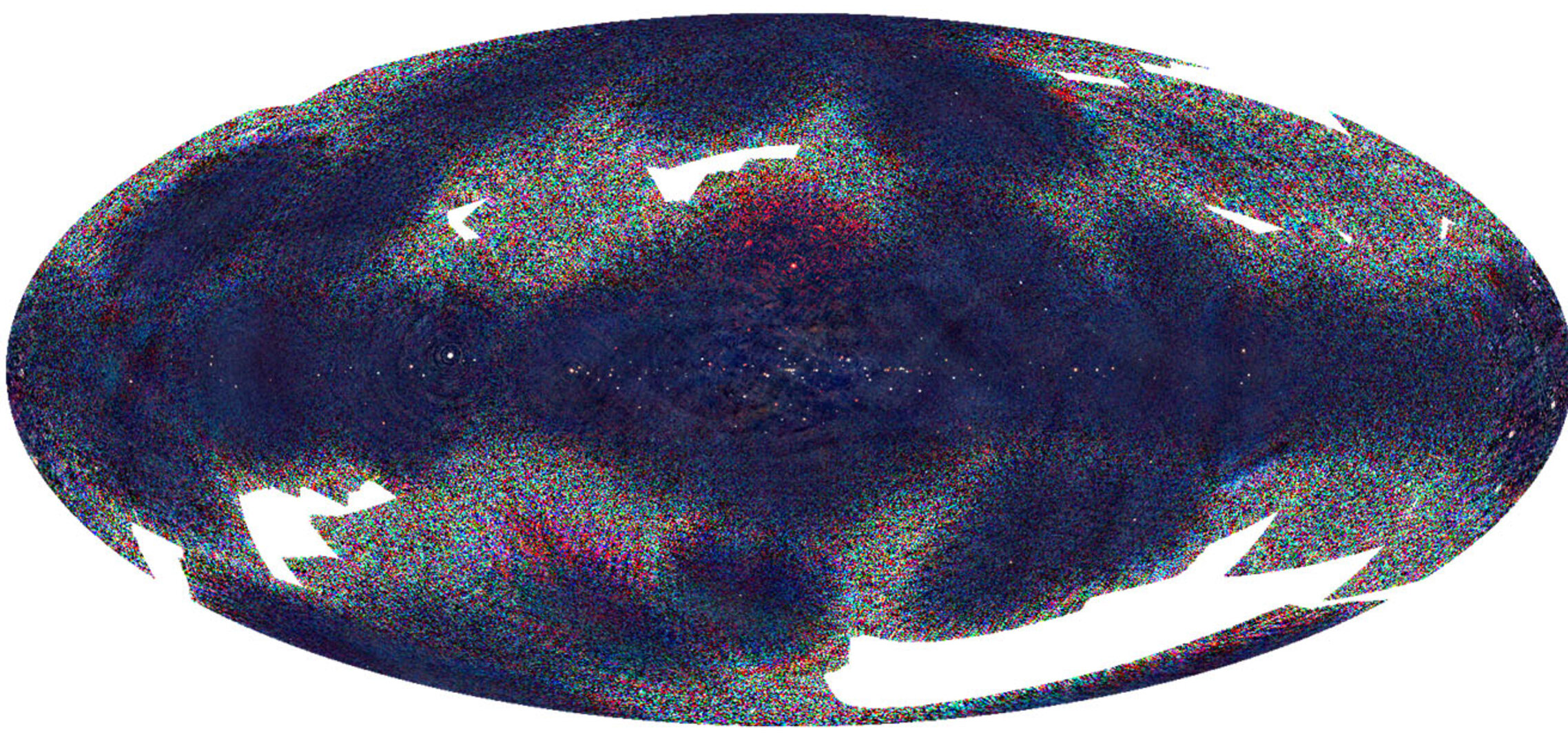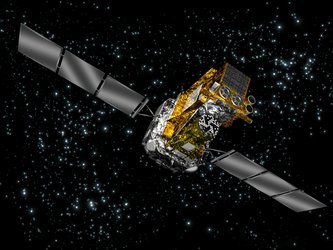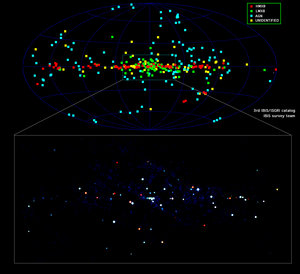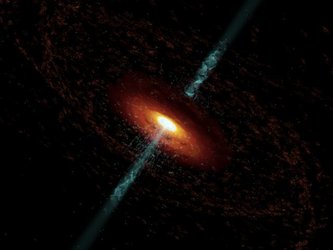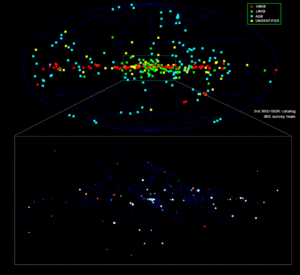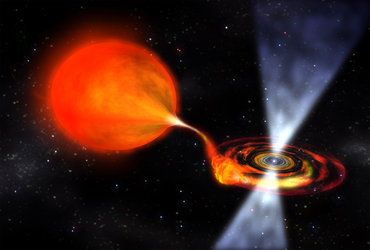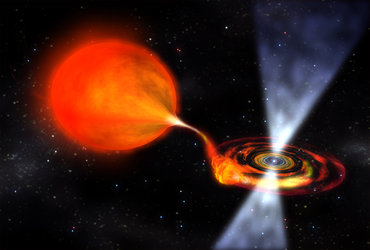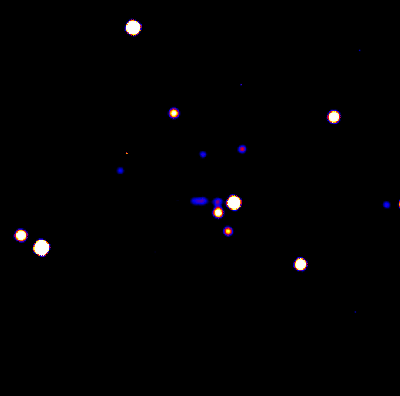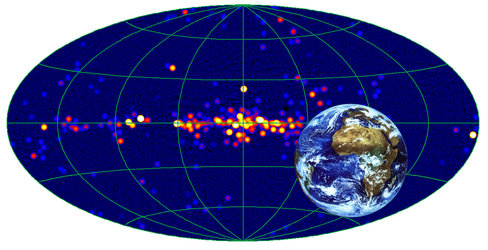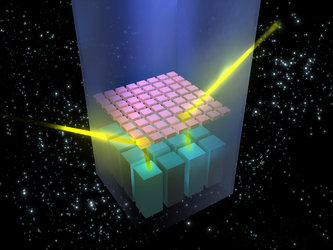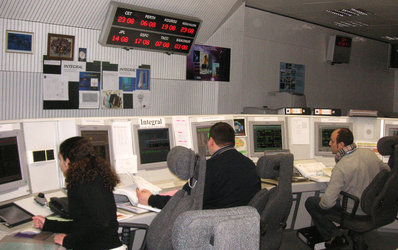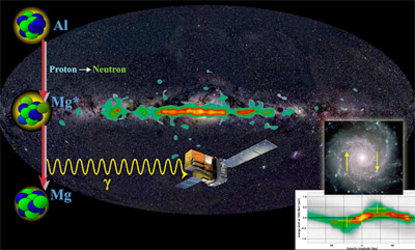New scientific riches from Integral
Astronomers from around the world have been discussing the extraordinary scientific riches that have flowed from ESA’s orbiting gamma-ray observatory, Integral. Here we present the gist of some of the astonishing ones.
When Integral was launched in 2002 it was intended to take detailed gamma-ray images and spectra of the universe and to look for new types of sources in this relatively unexplored field. In all these objectives, it has excelled.
“Integral discovers about 100 new gamma-ray sources a year,” says one of the conference organisers, Angela Bazzano, Istituto di Astrofisica Spaziale e Fisica Cosmica, Roma. These objects are spread throughout the Universe.
Its instruments have been fine-tuned to the so-called soft gamma-ray band, where the majority of celestial gamma rays are emitted. It has used these instruments to identify some of the most puzzling sources of celestial gamma rays. These Tera electron Volt (TeV) sources were first seen from telescopes on Earth looking for the brief flash of light that occurs when highly energetic gamma rays enter the atmosphere.
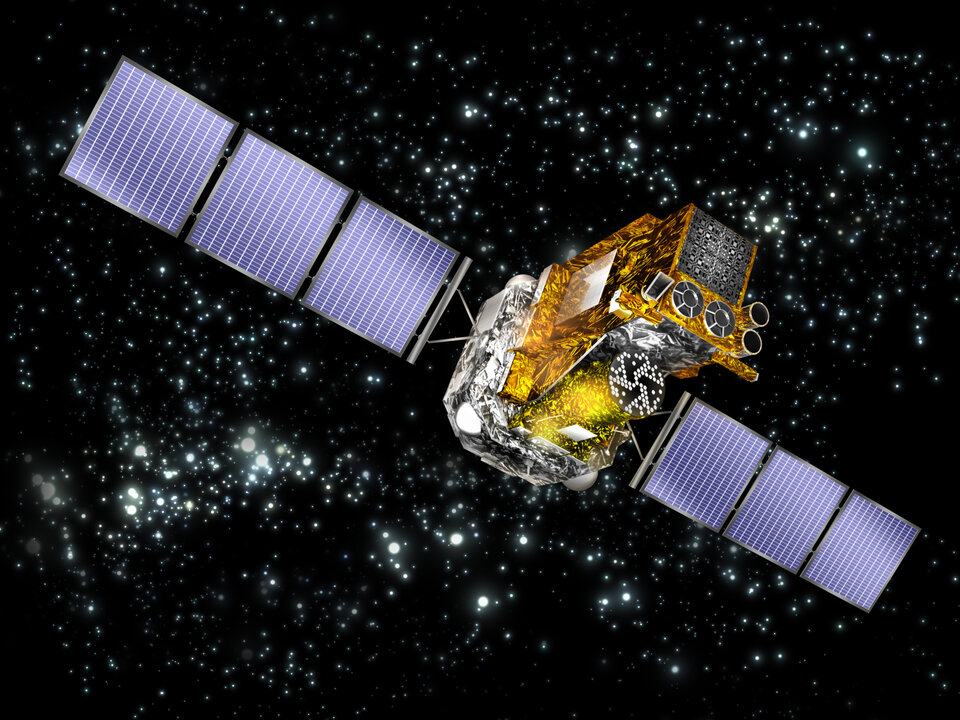
Integral identified the TeV sources based upon the much lower energy gamma rays that they emit. It discovered that most are a compact object called a pulsar surrounded by a nebula of gases. Each pulsar is the tiny core of a once giant star. Although just 15 km across, each pulsar contains more mass than the Sun, and generates an intense magnetic field.
The Integral results suggest that these particular pulsars give off a ‘wind’ of electrons that collides with the surrounding nebula and is enormously accelerated by the strong magnetic field. These ultra-fast electrons give off the gamma rays seen by Integral and ground-based telescopes.
Sources almost invisible to X-ray telescopes, the strongly obscured supergiant binaries have been revealed. Multiwavelength observations show that in these systems gigantic stars, each containing many tens of times the mass of the Sun coexist with neutron stars. A dense envelope of gas, a cocoon, shed from the giant star engulfs the neutron star.
In 40 years of X-ray astronomy, only a dozen supergiant X-ray systems had been found. Integral has already doubled this number and shown that most of them are persistent emitters of X-rays and gamma-rays, most probably slow pulsars.
The transient sources are a special breed as well. For reasons still under debate, every now and again, they flare up brightly for a few hours, up to a day, and then disappear again from sight. Without the sensitivity and observing strategy of Integral, these short bursts of gamma rays would have escaped detection and this class of celestial object would remain undiscovered.
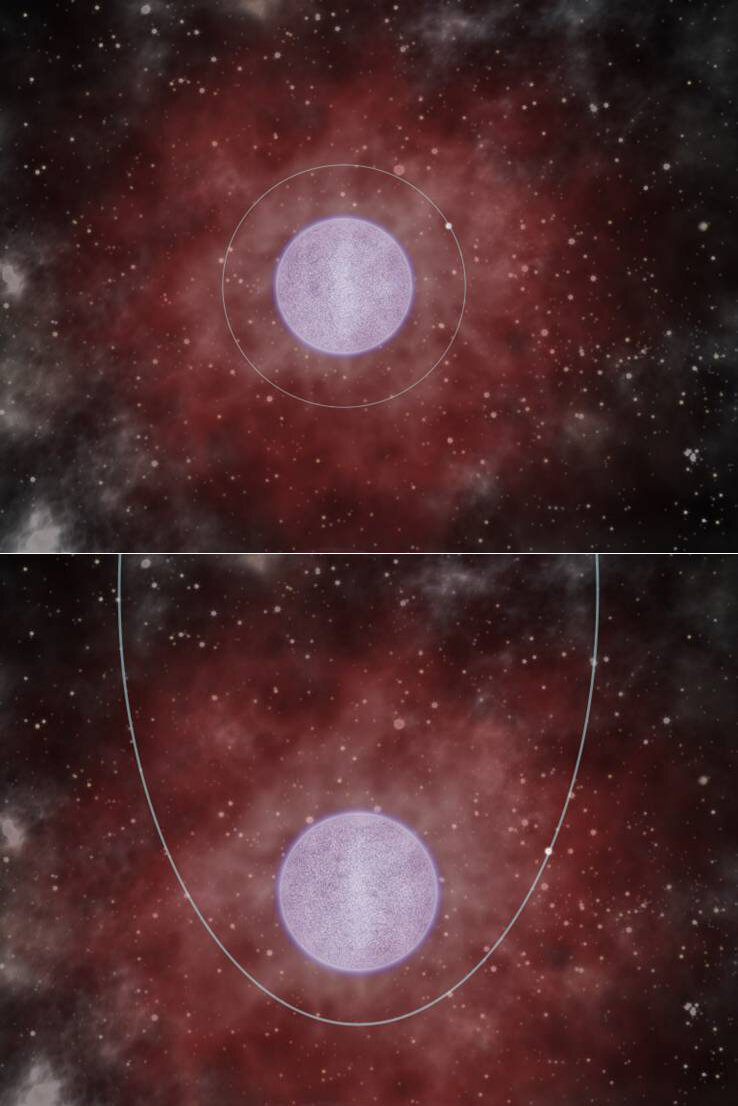
Integral has been surveying gamma rays that are given out by radioactive isotopes created inside stars and spilled out into space at the end of the star’s life. By measuring the amount of these isotopes from the brightness of the gamma rays they emit, models of stellar interiors and their nuclear energy sources can be checked. Integral has been looking at radioactive forms of aluminium and iron.
The results have been surprising and are forcing a rethink of the details about how those high-mass stars work. “Theorists have been alerted to review the complexities of convection in stellar interiors, and new experiments have been started to understand the relevant nuclear reaction rates,” says Roland Diehl, Max Planck Institut für extraterrestrische Physik.
He adds that Integral’s astronomers will be checking their own data on more observations hoping to converge on a better understanding of stellar interiors, and of the dynamics of hot gas in the inner regions of our Galaxy.
Integral observations have posed another puzzle to astrophysicists by mapping the gamma rays from annihilations of positrons, a form of antimatter produced in various ways including radioactive decay, plasma jets around neutron stars, and probably by the decay of some varieties of dark matter. The galaxy's disc is fainter than expected, the inner part of the Galaxy outshines it by far - a puzzle still unsolved.
Integral has opened the gamma-ray universe to astronomers like never before. “Integral is now a major, worldwide observatory,” says Pietro Ubertini, Director of Istituto di Astrofisica Spaziale e Fisica Cosmica, Roma.
Notes for editors:
These results were presented at the ‘Five years of Integral’ workshop held from 17-19 October 2007 in Sardinia, Italy. It was attended by about 130 scientists from around the world.
For more information :
Christoph Winkler, ESA Integral Project Scientist
Email: Christoph.Winkler @ esa.int


